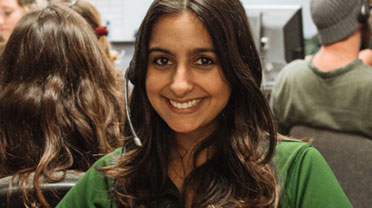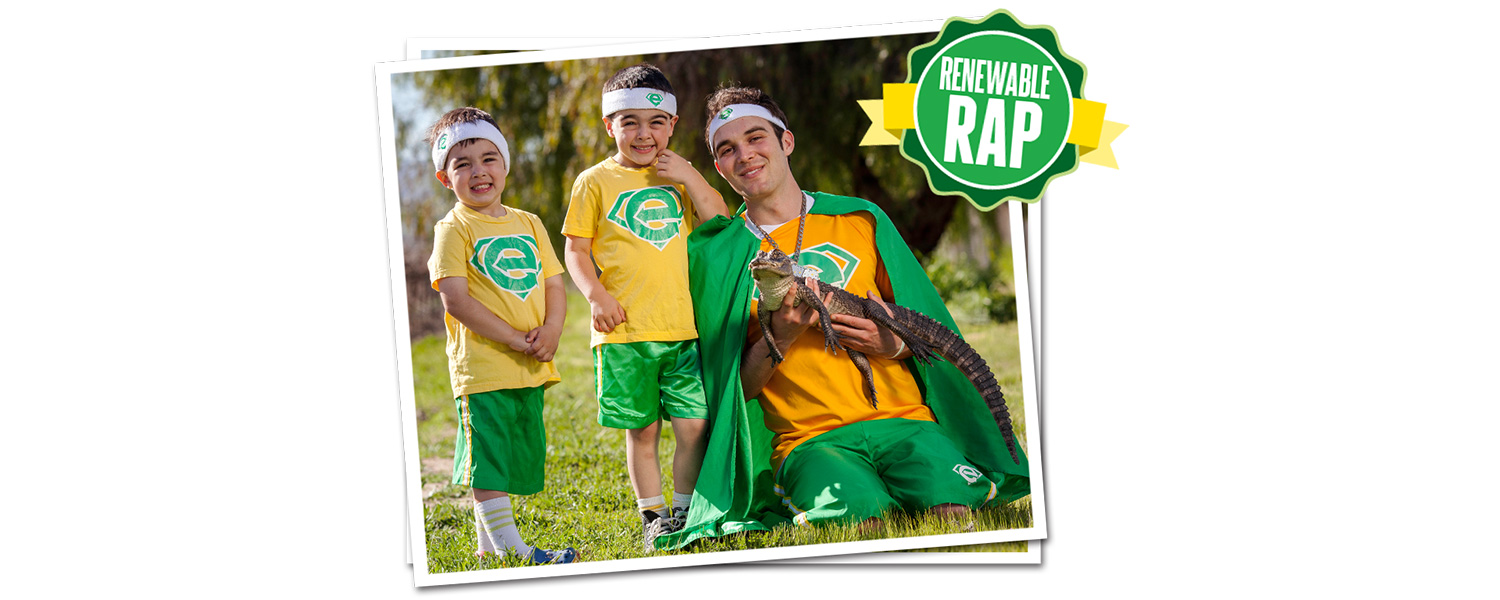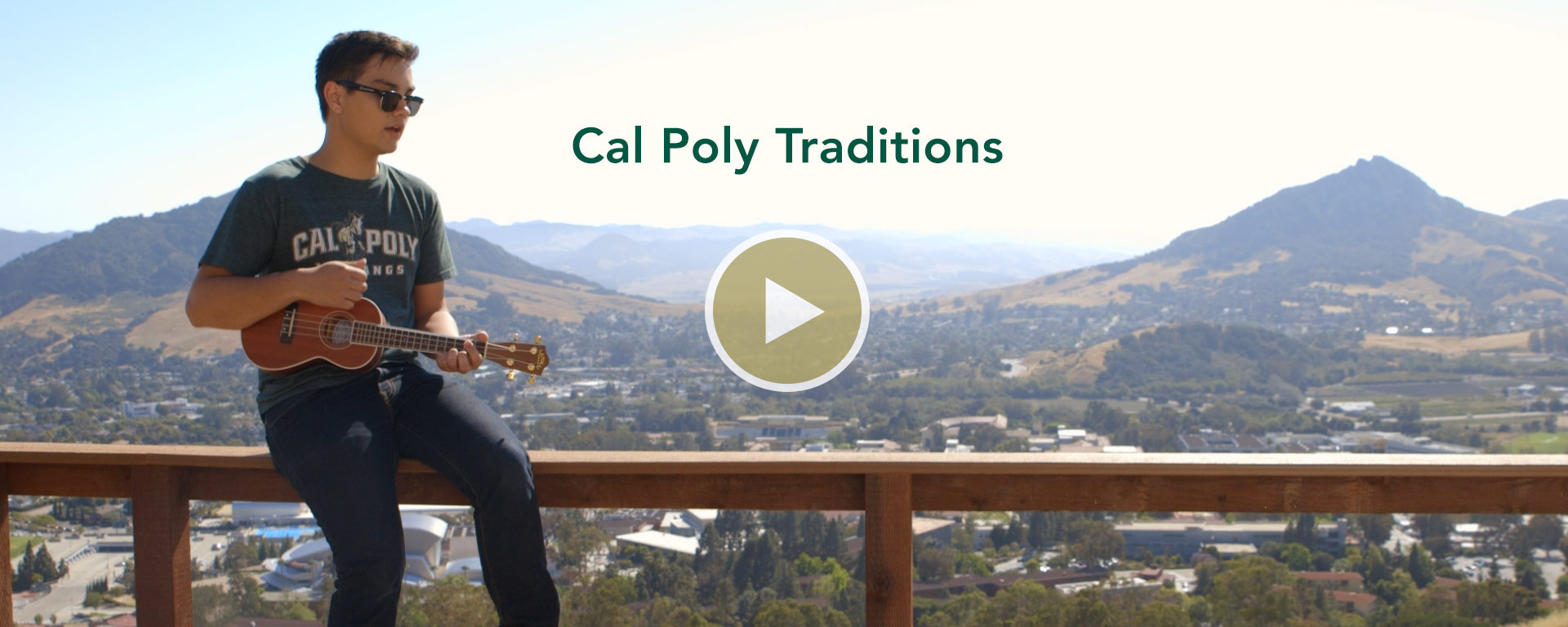
By Larry Peña | Video by Matt Yoon
The project started when John Mullen (Civil Engineering, ‘80) and his collaborator Douglas Bowman were writing a book chronicling their travels in Mozambique. While researching its history, they came across stories of women and children who had lost limbs to the thousands of landmines left behind from the nation’s 25-year civil war.
Those stories moved them to action. “Artificial legs in Mozambique cost about the same as in the United States — about $15,000,” he said. “You have 10,000 people in Mozambique that are landmine victims, and no one is getting any help.”
Mullen and Bowman formed a nonprofit organization called Help One Walk (HOW) International and reached out to the Cal Poly College of Engineering.
“They asked us if we would have any interest with putting a proposal together for the senior engineering students for an interdisciplinary class,” said Mullen. “So we put a presentation together and proposed an ultra-low cost prosthetic.”
Even though he was deeply moved by the need for this project, Mullen was surprised at the immediate student response. “We don’t quite understand what happened, but five students felt completely compelled to be part of this,” he said.
Biomedical engineering majors Brian Murphy and Christian Aguayo, materials engineering major Kendall Ruggles, mechanical engineering major Derek Morgan, and general engineering major Dominique Porcincula all joined the project on the spot.

Murphy, Aguyao and Ruggles pour resin over a mold of part of the prosthesis in Cal Poly’s QL+ Lab. Photo by Jean Paul Molyneux
“I actually had my mind set on a
different project, but then they gave us this heart-wrenching story about a young woman and all of the tribulations that she’s been through,” said Murphy. “There are a lot of people in Mozambique that are in her same boat. It was really crazy to think of how easy it would be for us to fix that problem.”
The first step took them to India where a group called JaipurFoot produces low-cost artificial limbs and gives them away for free. For a week, the Cal Poly team watched and worked with the group and their patron, D.R. Mehta.
“In India we were able to talk to clinicians, talk to prosthetists, talk to professionals who really understand how the product interacts with the patient, and that was just invaluable,” said Porcincula. “You know seven days in India probably was enough to cover an entire quarter of education here just because it was a side that we never really see.”The students were inspired by what they saw and the Jaipur group’s product, but ultimately decided to take a different approach. “It was a beautiful design actually — it works like the human body and it’s simple,” said Morgan. “But one of the things that struck us was that the materials and the process wouldn’t be what you would call OSHA safe. We came back knowing that we wanted to make it as cheap and easy to use as possible, but also make it as safely and responsibly as possible with the materials that we’re using.”
Perhaps more importantly, the students were inspired by the potential impact. “Seeing people come into the Jaipur clinic and look really defeated and sad, and then coming out of the clinic with this new life breathed into them, I had a better picture of what the project meant, and how meaningful it could be,” said Porcincula. “That drew me deeper into my commitment to this project.” A major challenge was approaching the price point of a prosthesis made in a less-developed country without sacrificing quality.
“In developing countries, they often don’t have the money and time to spend on in-depth analysis and calculations. When they have an idea, they just do it and see how it works,” said Aguayo. “We have more time to do research, analysis, calculations, searching materials’ properties to make sure the design won’t fail or break. I think that is one of the benefits of being a student.”

The student team with the Jaipur Foot, which helped inspire their method. Photo by Jean Paul Molyneux
The Cal Poly team is working on a modular design concept that is highly adaptable and user-friendly.
“We want to be able to have a leg kit where certain pieces are already done, all the foot pieces in there ready to go, and then the assembly as simple as possible,” Morgan says. “We’re making it so that if a piece broke, the whole design isn’t trashed — the kit would even include the extra replacement part. That’s how we’re coming at it, and we think we’re going to be able to approach the price — $50 or slightly higher.”
This spring the students will finish a prototype of their kit-based approach, followed by abundant testing to make sure the concept works. But the goal for the current student team is not necessarily a finished product. “We’re not really planning to have a full working prototype by the end of this year,” said Murphy. “But it’ll be a good scaffold to build off of for future generations who will continue this as their senior project.”
Mullen believes that the implications for this prosthesis could eventually reach beyond developing countries like Mozambique and make an impact here at home as well. “We began to take interest in veterans in the United States, who come back and may be underinsured or even homeless, who may need an artificial leg,” said Mullen. “We’re trying to serve the forgotten ones, and thinking of who else would qualify.”
It remains to be seen if the alumni-founded HOW International and its small team of Cal Poly students will launch a sweeping improvement in the lives of impoverished amputees around the world. What is certain is that the project has revolutionized the way these future engineering professionals look at their work and how it relates to the world.
“It has given me insight into the human factor of design,” says Porcincula. “It’s easy to just make something in a machine shop, but the moment that you have to design a product for a real person with a real need, it totally changes the design process. And for me, keeping that in mind, how the human interacts with the product, has really helped me develop a different mindset.”
Learn more about John Mullen, HOW International and the Cal Poly student team at www.HOWInternational.org.






